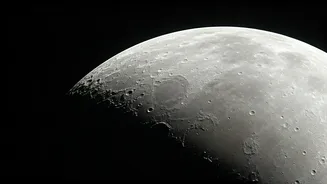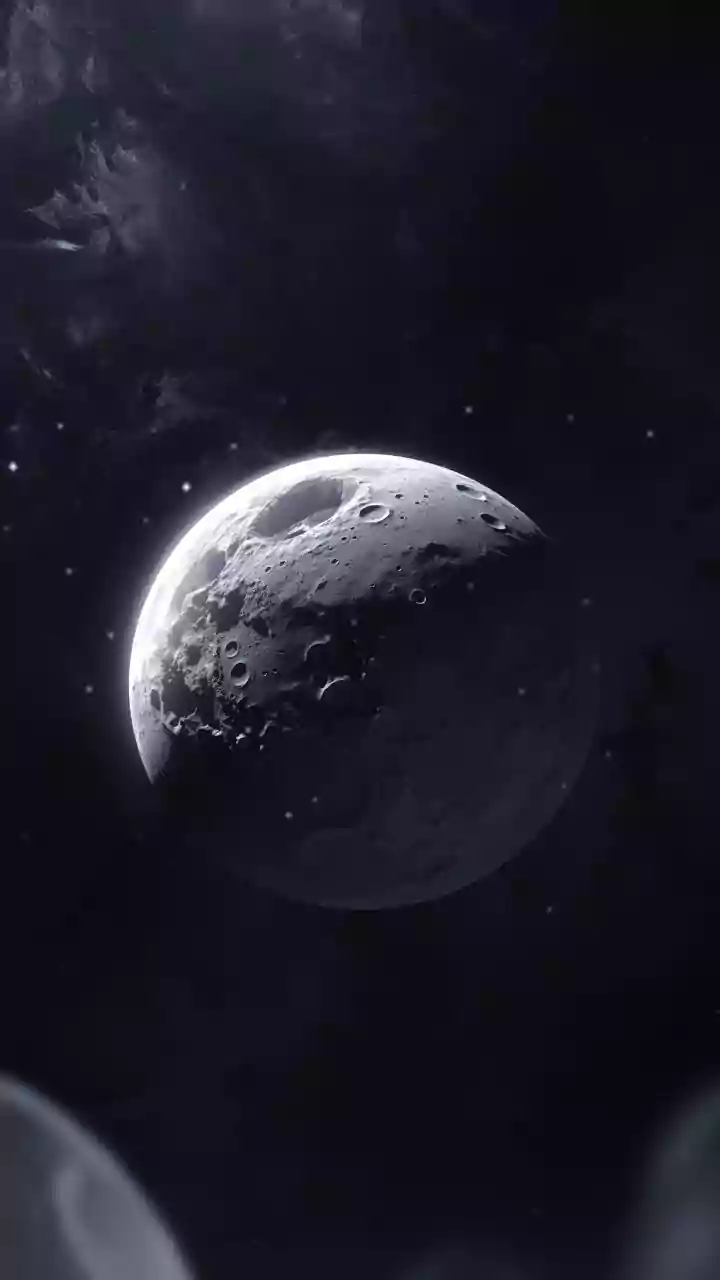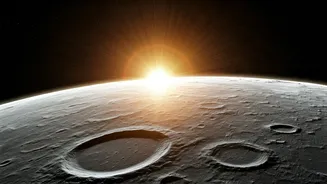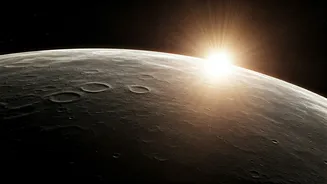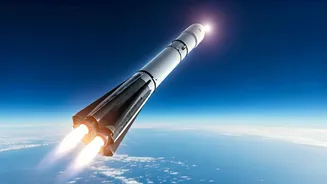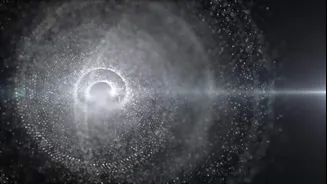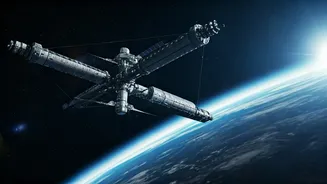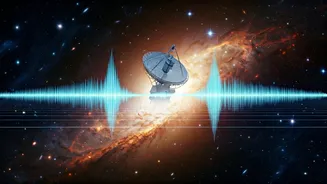Ephemeral Lunar Changes
Transient Lunar Phenomena (TLP) are basically short-lived, localized changes observed on the Moon's surface. These can include anything from reddish or whitish
glows, to temporary darkenings, or even hazy patches. The duration of these events varies, lasting from a few seconds to several hours. The most common locations for TLP observations are the rims of craters and along fault lines, which indicates that these areas might have unique geological features or conditions that contribute to these phenomena. Some scientists propose that TLP is related to volcanic activity, while others suggest that they could be caused by outgassing of subsurface materials or the impact of micrometeorites.
Historical Sightings Emerge
The history of TLP observations stretches back centuries, with some of the earliest recorded sightings documented by astronomers using early telescopes. Astronomers such as William Herschel, a prominent figure in the history of astronomy, reported seeing transient phenomena on the Moon in the late 18th century, and this sparked considerable interest and discussion within the scientific community. Over time, as telescopes improved, the number of reported TLP events increased, and these observations came from both professional and amateur astronomers. The accounts, while varied, provided a growing body of evidence that suggested the Moon was more dynamic than previously believed, and arousing more curiosity about its nature.
Diverse Explanations Unveiled
Several theories attempt to account for the elusive TLP. One of the prevailing ideas involves the release of gases from within the Moon's interior. These gases, possibly escaping through cracks or vents in the lunar crust, could cause a temporary brightening or darkening of the surface. Another hypothesis suggests that TLP is related to the impact of small meteoroids. The energy released upon impact could potentially create flashes of light or disturb the lunar regolith, resulting in the appearance of transient events. In addition, some scientists have theorized about the influence of electrical phenomena on the lunar surface. The interaction between the Moon and the solar wind could create electrical discharges, which might be observed as TLP.
Modern Research Strategies
Modern investigations into TLP involve a blend of observational and analytical methods. Astronomers use powerful telescopes equipped with advanced imaging technologies to meticulously monitor the lunar surface. These observations can reveal changes over time, including the spectral analysis of light reflected from the Moon. Data obtained through these methods provides crucial insights into the chemical composition of the lunar surface, helping researchers to identify specific elements or compounds associated with TLP. Furthermore, space missions play an important role, with data gathered by orbiting spacecraft being used to study lunar geology and search for evidence of volcanic activity or gas vents that might be related to TLP. Data analysis is integrated with geological modeling of the Moon's interior, providing a comprehensive understanding of the Moon.
Ongoing Mysteries Remain
Despite significant progress in TLP research, several mysteries persist. The frequency of TLP events remains uncertain. Although numerous observations have been documented over the centuries, it is difficult to accurately predict when and where these phenomena might occur. The varied nature of the observations, ranging from brief flashes of light to more extended changes, continues to challenge scientists. Understanding the precise mechanisms that trigger TLP events is also a major challenge. Identifying the specific conditions and processes that lead to these changes on the lunar surface is crucial for a complete understanding. Moreover, the lack of direct evidence to support certain theories, such as active volcanism, requires more investigation.
Future Research Prospects
The future of TLP research is promising, with a focus on enhancing observational capabilities and refining the theoretical understanding. Advances in telescope technology, along with the development of more sensitive instruments, will enable astronomers to detect subtle changes on the Moon's surface and gather more detailed data. Space missions and lunar surface experiments are also crucial. Future missions will give a detailed study of the Moon's geological composition, providing valuable clues regarding TLP events. These missions include analyzing the lunar subsurface, searching for evidence of past or present volcanic activity, and installing advanced sensors on the Moon's surface, which can provide crucial insights into the causes of these mysterious phenomena.
